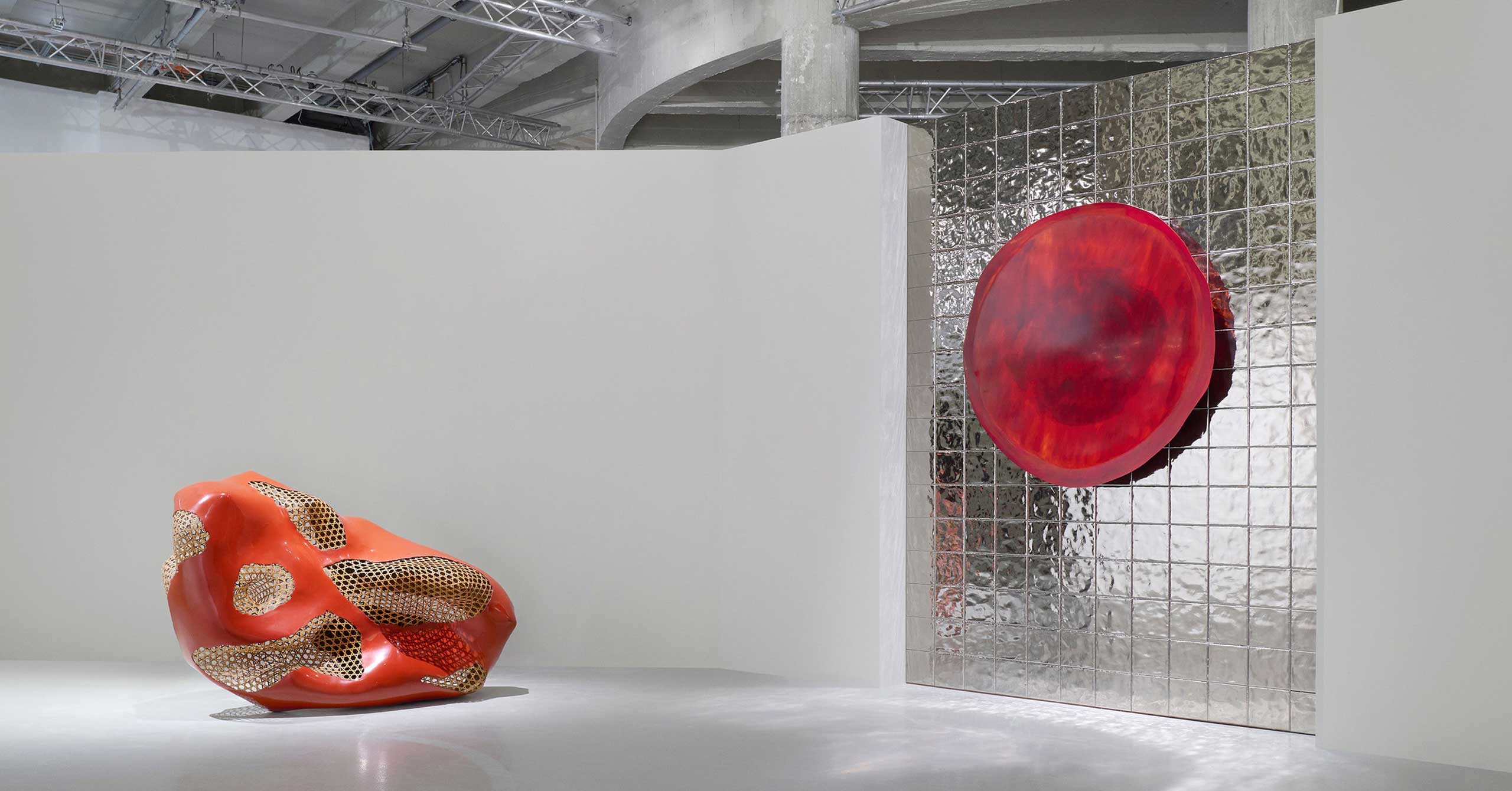The surprises at tonight’s Loewe Foundation Craft Prize—the winner of which was announced in a cavernous industrial space in the depths of the Palais de Tokyo—began with the guest introduced to announce the recipient of the €50,000 award: Aubrey Plaza. Stepping across the podium in an abstract floral blouse and swishy charcoal gray pants, her introductions were as breezy as her trousers. “Thank you JaJa, my best friend,” she said to Jonathan Anderson, as he handed her the mic to an eruption of laughter, then added in her signature deadpan style: “What? That’s what I call him.”
From there, Plaza duly went on to announce the night’s winner: the Mexican ceramicist Andrés Anza, whose work titled I only know what I have seen was selected by the 12-person jury as the standout piece from this year’s exhibition. Reading a statement from the jury, Plaza said that their decision stemmed from the totemic ceramic sculpture’s “arresting and almost human presence,” and its canny blend of “ancient archeological forms” with an “almost post-digital aesthetic.” Of course, Plaza being Plaza—and having just come from a personal tour around the exhibition with her best friend Anderson—she added her own observations too: “I think there’s something quite funny about it also,” she said. “I think there’s someone hiding inside and looking at me.”
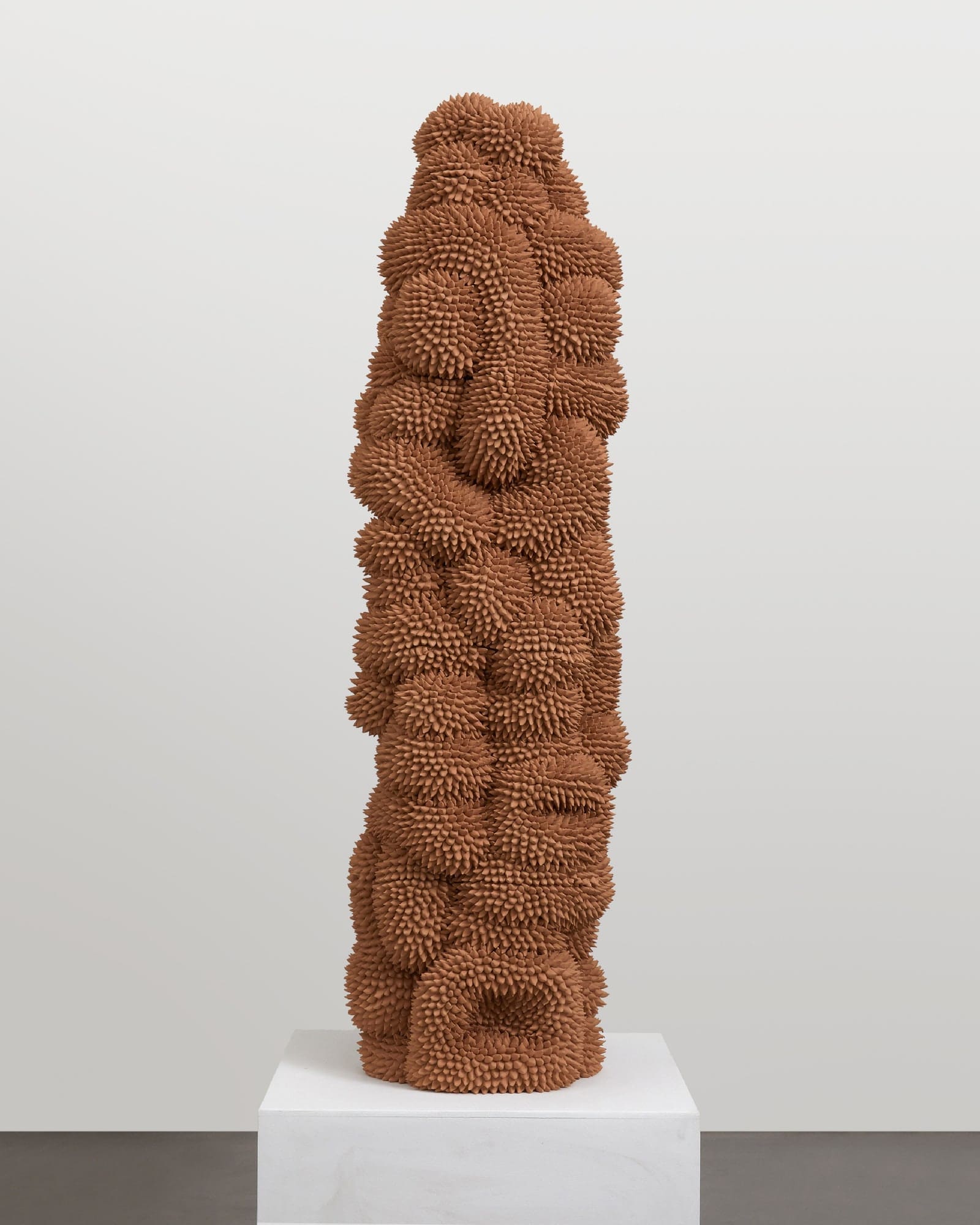
A harmonious marriage of elements that would initially seem wildly disparate—and the notes of knowing humor fusing them together—felt like a neat summation of this year’s Craft Prize as a whole. Anza’s bulbous ceramic covered in thousands of tiny spikes that recalled cactus bristles, or the surface of an exotic fruit, was somehow both animalistic and plantlike, reflecting a broader interest from the participating makers in mashing up unexpected combinations of form and material. “This time, there was a lot of mixing of media—taking two different types of traditional crafts and blending the two, which I think is something we haven’t seen a lot of before,” Anderson said. (In case you were wondering how on earth this five-foot-tall ceramic was fired, it turned out it was actually constructed seamlessly from five different pieces, for an additional touch of cheeky visual trickery.)
Meanwhile, the special mentions (for the first time this year, there were three runners-up) were granted to the Japanese maker Miki Asai for her exquisite miniature vases crafted from splinters of eggshell and seashell, all meticulously applied by hand; the French designer Emmanuel Boos for his delightful crowdpleaser of a coffee table from stackable bricks, “comme un Lego”; and the Korean artist Heechan Kim for his mind-bending cloud of ash wood stitched together with copper wire—soft and supple on the surface, but filled with thousands of glittering copper spikes when you peered inside. Each piece was marked by its artful balance of playfulness and precision. “It was interesting to see so many of the artists take these organic forms, and mix them with these more regimented forms,” said Anderson.
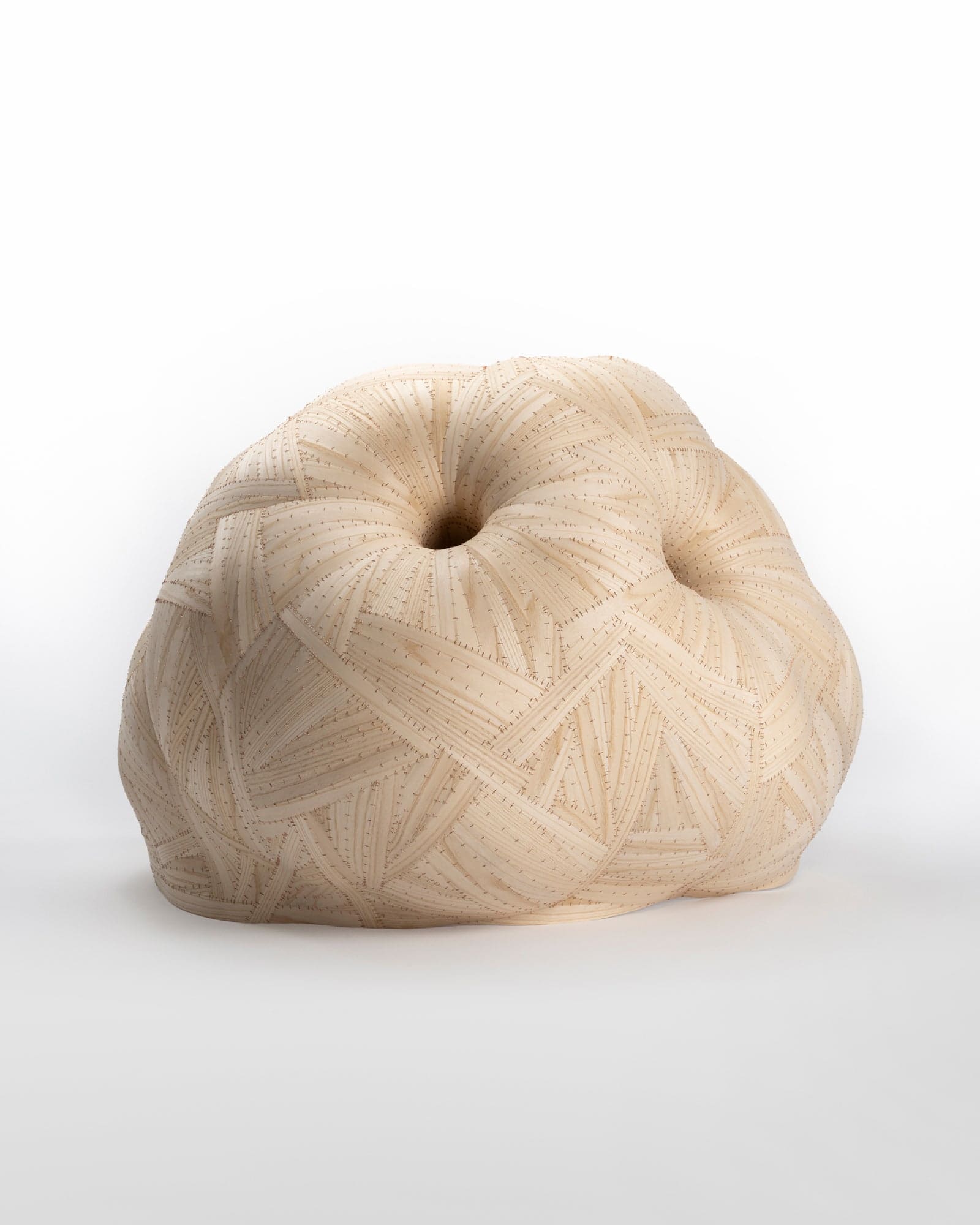
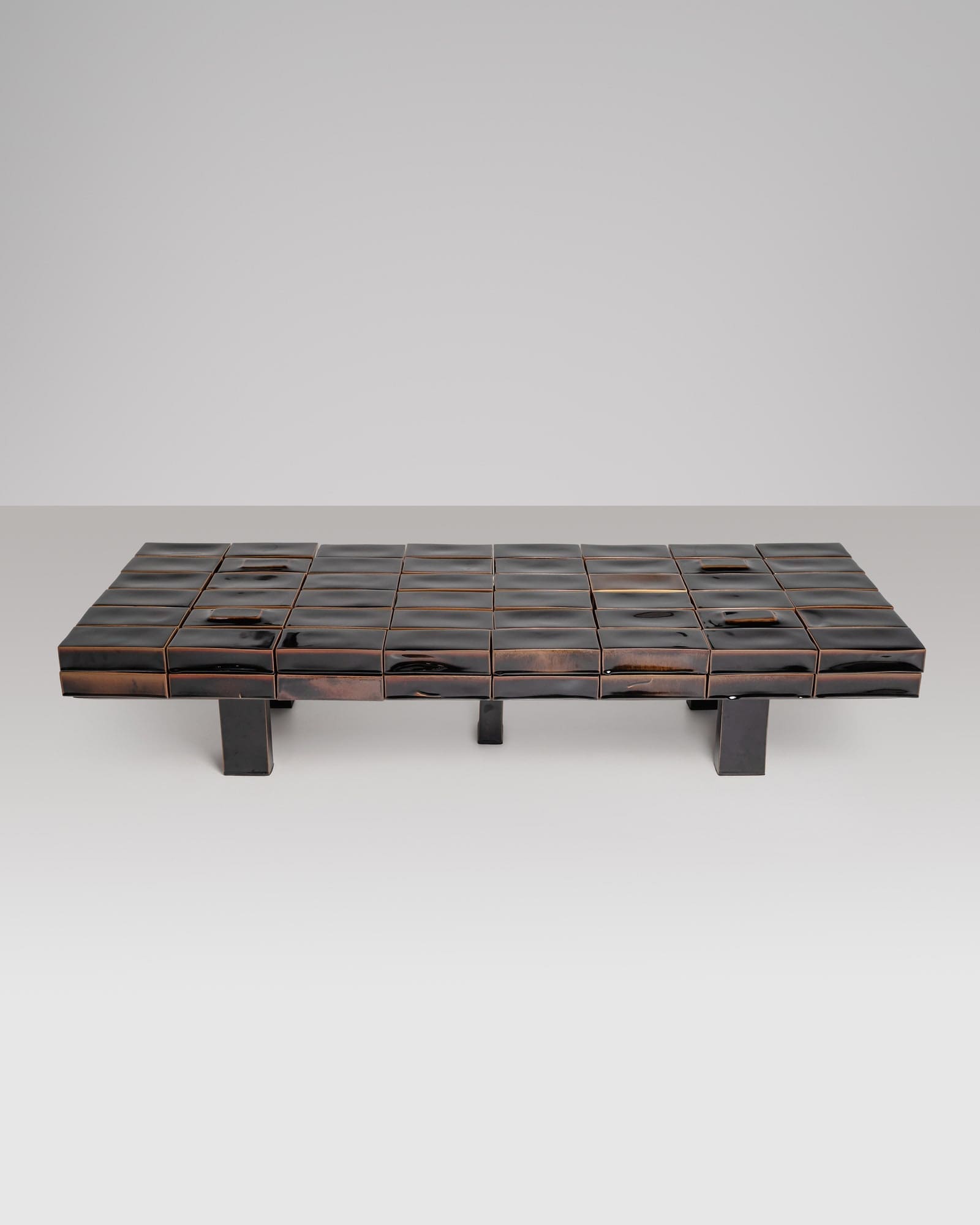

Earlier in the day, Anderson could be found perched on an armchair in the corner of an upstairs conference room—the same room where the jurors had been deliberating just moments before, in a debate he laughingly described as “heated.” Are the conversations around craft that the prize sparks part of the joy of doing it every year? “They are,” said Anderson. “Everyone has their own personal choices, of course, but you have to leave that at the door a bit. You have to try and see it from every different viewpoint.” This year, alongside the winner of the prize, the jurors made the previously mentioned last-minute decision to expand the special mentions from two to three—evidence not just of the quality of the applicants, but also the sheer breadth of what they have to offer. “It feels like a nice cross-section,” said Anderson of the final selection. “To think that we had almost 4,000 applications this year… it’s kind of insane.”
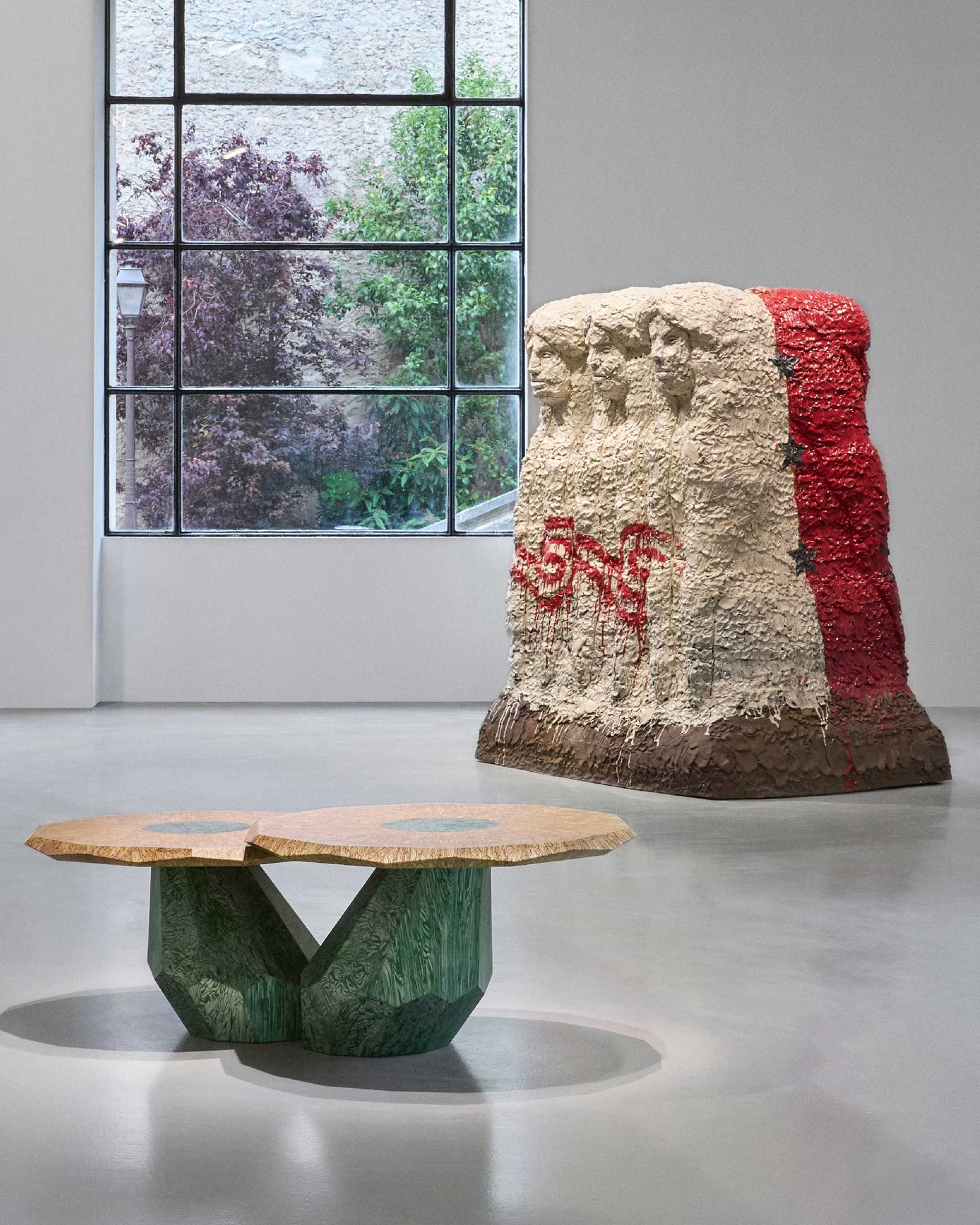
Insane, yes, and a testament to the rapid growth of interest around craft that has swelled over the past decade, as major institutions and collectors alike have begun snapping up works that, in previous decades, they may have overlooked. (The prices for ceramic and glass and textile works have all skyrocketed.) Anderson himself paused to reflect on a pivotal moment from his early days in London, when he picked up a Lucie Rie salad bowl at auction, inspiring the beginning of his now sprawling collection of art and objects: “Now, it would be impossible to pick up a piece of hers that easily,” he added. “There’s a different appreciation of these objects—not just in the commercial sense. There’s been a real change in how we see the hierarchies of these artistic practices.” It’s an iconoclastic approach to showcasing different disciplines alongside each other that Anderson himself had a hand in popularizing with his brilliant “Disobedient Bodies” exhibition at the Hepworth Wakefield in 2017, which presented distortions of the human form via everything from Henry Moore sculptures to Comme des Garçons dresses.
But back to the Palais de Tokyo galleries, where guests discovered the work of the 30 artisans whittled down by the selection committee, following a route that snaked its way around a central partition wall. Against panels of shimmering silver tiles, the joy of discovery lay not just in the individual objects themselves, but in how they were placed in dialogue by the Loewe Foundation team. Against one such wall of silver sat a pair of baskets that showcased how two artists of different backgrounds—the Indigenous American basket weaver Jeremy Frey, who is based in Maine, and Polly Adams Sutton, who was born in Illinois but primarily works with materials from her current home state of Washington—can create work that, when viewed together, sings. Frey’s elegant lidded basket served as proof of the extraordinary refinement of ancestral Wabanaki nation weaving techniques, adding a rhythmic touch with his use of colored dyed strips; against its statuesque presence, Adams Sutton’s undulating basket created from hand-gathered cedar wood felt both delightfully wonky and strangely seductive. (Just around the corner, the special mention winner Boos was demonstrating how to pick up and move the glossy chocolate-colored bricks of his stackable, Lego-inspired coffee table.)
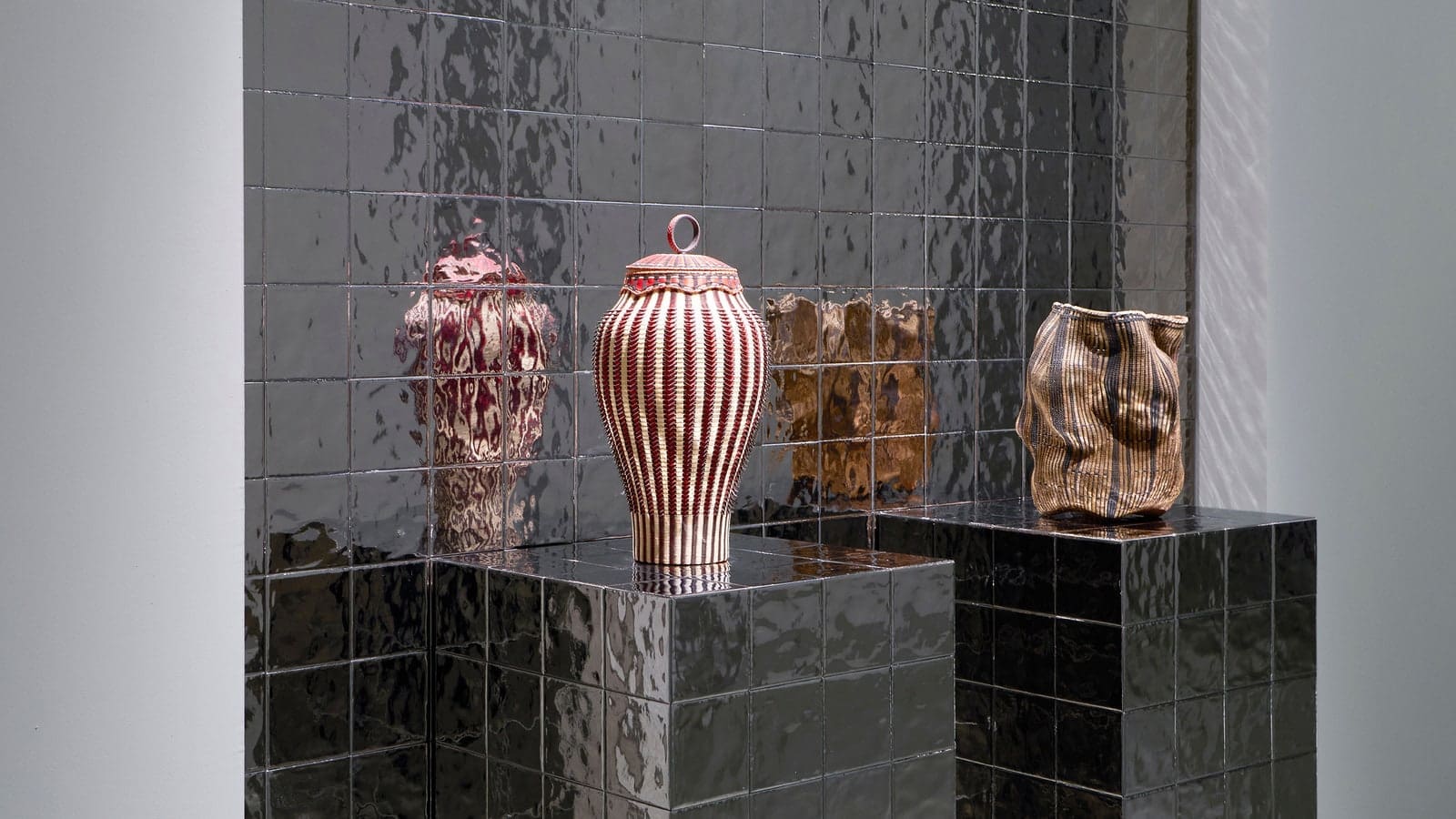
Photo: Courtesy of Loewe
Further standout pieces came courtesy of the Cape Town-based artist Patrick Bongoy, who hails from the Democratic Republic of Congo: What at first appeared to be a kind of wall tapestry of woven leather revealed itself on closer inspection to be crafted from recycled rubber, silicone, and wire—like a vehicle’s interior turned inside-out and repurposed into something eerily elegant. A few spots down came the Malian artist Ange Dakouo’s deeply personal “Harmony of Grisgris,” which was crafted as a kind of patch-worked tapestry made from folded briquettes of newspaper (Dakouo’s father worked as a printer during his childhood), that were strung together with thread and decorated with cowrie shells in a nod to West African gris-gris, or a traditional form of talismanic amulet. The viewer was left to marvel not just at its technical prowess, but its soul.

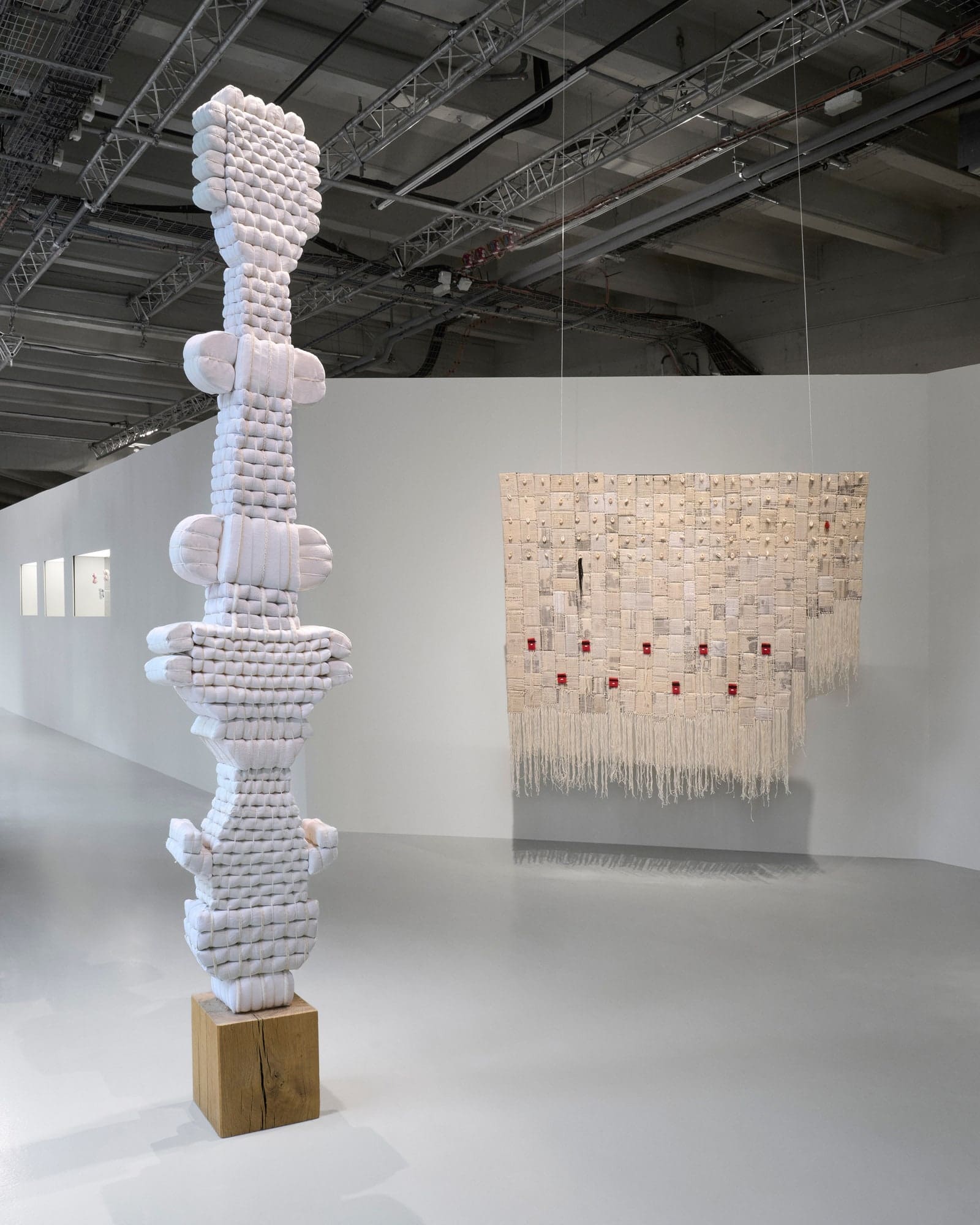
For an eternally forward-looking figure like Anderson, what’s most exciting is how this year’s recurring spirit of opposites attracting—of artists taking a fabulously Frankensteinian approach to everything from theme to material to form—speaks to the future of craft. “I think it lies in technology,” he says. “When you look at TikTok or Instagram, people are fascinated by watching people make things. I think people find it therapeutic. I never thought that technology would have helped this, but I think there is an innate curiosity within society at the moment for us to reconnect with the making process, and understand why we perceive value in something. This I think is going to help craft ultimately, even if you’d think it would be the opposite.” One can’t help but feel it’s exactly the kind of compelling contradiction that Jonathan Anderson gets off on.
This article was originally published on Vogue.com.
